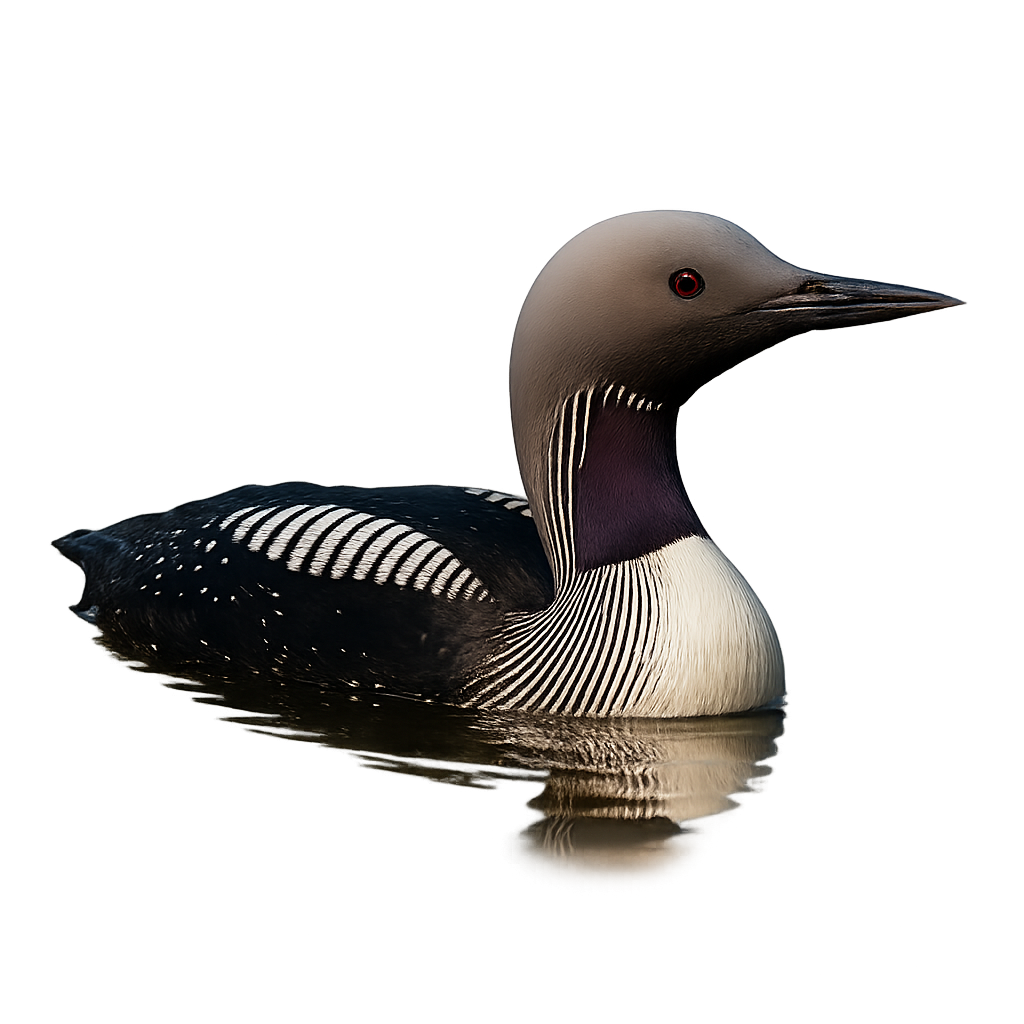Votre guide photo animalier.
Découvrez le plongeon arctique en détail, analysez ses comportements, préparez vos prises de vue.
Où observer et photographier le plongeon arctique
dans son habitat naturel
Découvrez où et quand observer le plongeon arctique dans la nature, apprenez à reconnaître cette espèce grâce à ses signes distinctifs, et explorez les milieux naturels dans lesquels on peut l’apercevoir. L’application WildlifePhotographer vous fournit des conseils photo pour apprendre à photographier le plongeon arctique dans son habitat naturel, avec des techniques adaptées à son comportement.
Plongeon arctique
Nom scientifique : Gavia arctica

Statut UICN : Préoccupation mineure
Famille : GAVIIDAE
Genre : Oiseaux
Sensibilité à l’approche humaine : Méfiant
Distance minimale d’approche : 50 m
Parade nuptiale : Mai à Juin
Incubation : 27-29 jours
Éclosions : Juin à Juillet
Milieu naturel :
Lacs et rivières d'eau douce, notamment dans les régions arctiques et subarctiques, en particulier en Scandinavie, en Islande, au Canada et en Alaska
Période d’activité :
Actif principalement en journée, avec des pics d’activité le matin et en fin d’après-midi.
Identification et description :
The Razorbill is a seabird primarily found in the cold waters of the North Atlantic, particularly around the coasts of Northern Europe, Canada, and Iceland. It measures about 40 to 45 cm in length and weighs between 500 and 700 g. Its plumage is mainly black on the back and white on the belly, with white spots on the wings. It has a short, strong bill, adapted for catching fish and small crustaceans, which it hunts by diving underwater. The Razorbill is an excellent diver and spends a lot of time foraging for food in coastal waters. While its population remains relatively stable, this species is sometimes threatened by climate change and human disturbances.
Objectif photo recommandé :
400 mm – à ajuster selon la distance, le rendu souhaité (portrait ou environnement) et les conditions d’approche.
Conseils photographiques :
Utilisez un téléobjectif pour photographier le plongeon arctique, en particulier lorsqu'il plonge ou nage dans les lacs. La lumière douce du matin ou du soir est idéale pour capturer les détails de son plumage et son comportement naturel. Soyez discret et respectez leur espace pour ne pas perturber leur comportement naturel, en particulier pendant la période de reproduction.
L’app WildlifePhotographer arrive bientôt !
Sois le premier à explorer les meilleurs spots nature, suivre les périodes de rut, enregistrer tes observations et observer plus d’animaux.
Déjà 1 430 passionnés inscrits dans le monde

